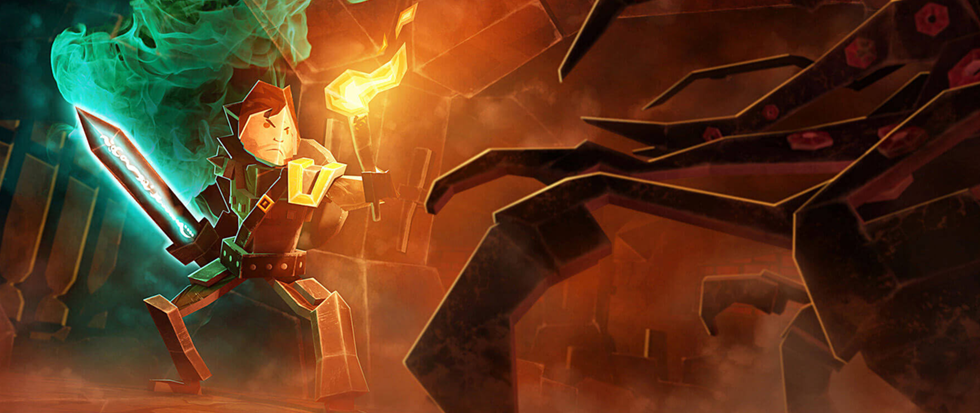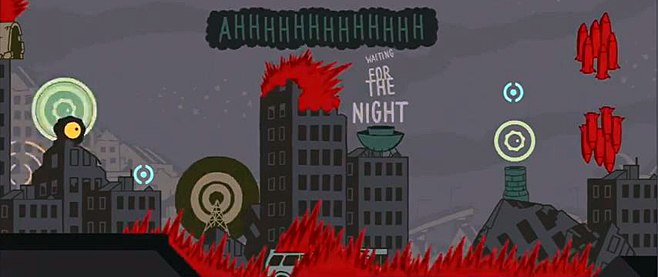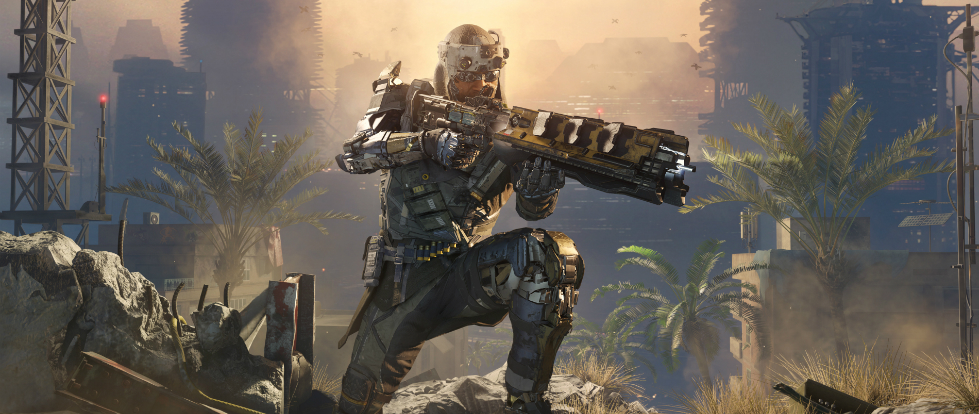
Book Of Demons Is A Delightful Jaunt Across Hell
The fiery coals and burning sulfur in the depths of hell; the abundance of carcasses so putrefied, you can almost imagine the stench; and the blood and gore that erupt from fallen demons and satanic goat men. These are the macabre splendor of Diablo, a series that many players have sacrificed much of their youth to. Its occult happenings possessed us deeply, and the need to click, destroy and amass is intoxicating. Hands up if you had devoted nights to clicking and collecting loot till the wee morning.
Yet, as an unabashed tribute to this classic dungeon crawler, Book of Demons didn’t give off the same ghoulish vibe. This is surprising, because the game looks like it’s overstuffed with elements from the older Diablo games. You begin as a Warrior in a town just like Tristram. A dilapidated cathedral looms ominously nearby, teeming with monsters that its townsfolk talk about in hushed tones. Oh, and these people are essentially the same folks from Diablo’s most ill-fated town: Gillian the Barmaid, Pepin the Healer, Adria the Witch and the venerable Deckard Cain. They go by different names in Book of Demons of course, but as if that fools anyone.
What’s immediately distinctive about the game is its paper cut-out visual style, from its heroes to the handcrafted look of its dungeons. This is a marked departure from the gloomy atmosphere Diablo was so known for. Book of Demons relishes in its more light-hearted and even comical tone, with its imposter Deckard Caine often trading quips with the phony Adria about how completely pointless the other person is.
Noticeably missing from this recognizable band is Griswold, the Blacksmith from the first Diablo—and for good reason too: there’s no weapons or armor to craft in Book of Demons. How it deviates from the Diablo formula is in its deck-building aspect, which allows players to collect cards that range from weapons and armor to skills and spells. These can be equipped into slots at the bottom of the screen, and more can be unlocked as you accumulate more coins during your subterranean raids.

Make no mistake; at the heart of Book of Demons is still a compulsive hack ‘n’ slash clickfest. But again, unlike Diablo, there’s a lot more room for flexibility in terms of progression and play styles. That means you’re free to focus on spells and attacks in one outing, and switch out these cards for a more defensive build in your next excursion. This deck-building feature also makes the game a lot more streamlined, which delivers a greater emphasis on raiding and looting instead of character customization.
However, this shift away from the choice to allot skills and stat points, a key feature in Diablo—and especially in Path of Exile, another dungeon crawler with an immense amount of depth—denies players the opportunity to feel more invested in their heroes. In these games, the avatars are more than just aesthetically pleasing; they eventually become an extension of players’ identity as their character grows in strength and power. Far from being a shortcoming, this means that the role-playing aspect is minimized in favor of more engaging raids. For instance, some enemies require you to focus your attacks on their shields, which have to be broken first before you can inflict any damage.
Diablo thrives in the frantic pace of its combat, its rapid speed fusing impeccably with the viscera of dungeon crawlers. Despite its ostensible similarities, Book of Demons is keen to set itself apart from its biggest influence, and this actually works to its advantage. It offers a slower-paced and much more nuanced experience to players while still remaining indulgently addictive. It’s Diablo, yet it’s not quite Diablo. In a sea of Diablo clones, that is quite the achievement.





